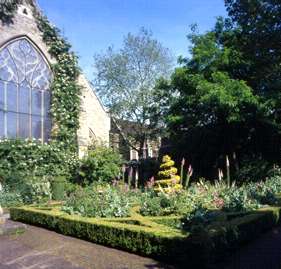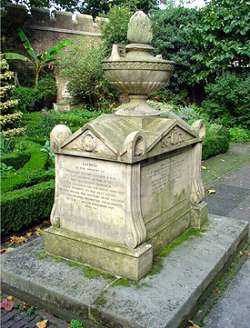Museum of Garden History


Founded in 1977, the Museum of Garden History is the world's first museum dedicated to the history and development of gardens and gardening in Britain.
The museum is located in the restored fourteenth century church of St. Mary-at-Lambeth, next to Lambeth Palace. Its collections fall into three main categories of tools, ephemera and library.
The tool collection, which also includes garden related artefacts such as tiles and gnomes, is one of the finest on public display in the country.
The ephemera collection is a paper archive that includes prints, photographs, postcards, bills, receipts, catalogues and brochures. Such records often give an insight into the social history that is linked to garden history.
The library collection is only accessible to Friends of the museum by appointment. It contains many historic and contemporary books and catalogues, including a 1650 copy of Musaeum Tradescantianum and Hortus Siccus, a mid seventeenth century herbarium once owned by eminent botanist Dr John Fothergill containing over 600 hand pressed specimens.
Adjoining the museum is a small replica seventeenth century knot garden filled with plants authentic to the period. The churchyard also houses the tombs of the Tradescants, two famous plant hunters and royal gardeners to the Stuarts, and the Coade stone memorial to Admiral Bligh of the Bounty.
Admission is free, but there is a suggested donation of £3.00 per adult and £2.50 for concessions.
Location
Museum of Garden History
5 Lambeth Palace Road
SE1
Telephone
+44 (0)20 7401 8865
Getting There
The Museum is located on the south side of the River Thames, next to Lambeth Palace, almost opposite the Houses of Parliament and at the south east end of Lambeth Bridge.
Nearest Tube / Rail Station
Waterloo
Bus Routes
3, 77, 344, 507, C10
